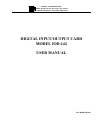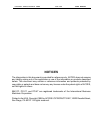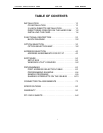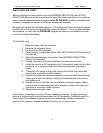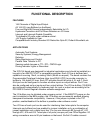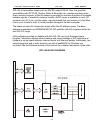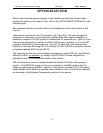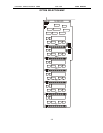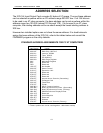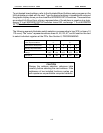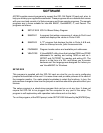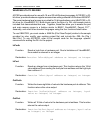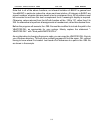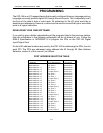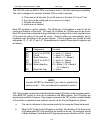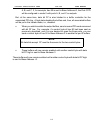
DIGITAL INPUT/OUTPUT CARD IOD-144 USER MANUAL
2-1
FUNCTIONAL DESCRIPTION
FEATURES
144 Channels of Digital Input/Output.
All 144 I/O Lines Buffered on the Board.
Four and Eight Bit Groups Independently Selectable for I/O.
Hysteresis Correction and Pull-Down Resistors on I/O Lines.
Interrupt and Interrupt-Disable Capability.
Tri-stateable I/O ports under software control.
+5V Supply Available to User.
Compatible with Industry Standard I/O Racks like Opto-22, Potter & Brumfield, etc.
APPLICATIONS
Automatic Test Systems.
Security Systems, Energy Management.
Robotics
Relay Monitoring and Control.
Parallel Data Transfer to PC.
Sensing switch closures or TTL, DTL, CMOS Logic.
Driving Indicator Lights or Recorders.
The IOD-144 board was designed for industrial applications and should be installed in a
long slot of an IBM PC/XT/AT or compatible computer. Each I/O line is buffered and
capable of sourcing 15mA, or sinking 24mA (64mA on request). The board contains five
Programmable Peripheral Interface chips type 8255-5 (PPI) to provide computer in-
terface to 144 digital I/O lines. Each PPI provides three 8-bit ports A, B, and C. Each
8-bit port can be configured to function as either inputs or output latches. Port C can
also be configured as four inputs and four output latches. The I/O line buffers (74LS245)
are configured automatically by hardware logic for input or output use according to the
PPI 8255-5 Control Register direction software assignment.
The I/O buffers may be tristated under program control. If the BEN/TST jumper on the
card is installed in the BEN position, the I/O buffers are permanently enabled allowing
transparent backwards compatibility. However, if the jumper is placed in the TST
position, enable/disable of the buffers is possible under software control.
Two I/O lines of each port can be used for interfacing User Interrupts to the computer.
Interrupts are buffered and are enabled by jumper installation or by a combination of
jumper installation and a digital input line. You can use Interrupts #2 through #7, #10
through #12, #14 and #15. Interrupts of all ports (one per port) are OR'ed together. I/O
wiring connections are via 50-pin headers on the board. Six flat I/O cables connect



